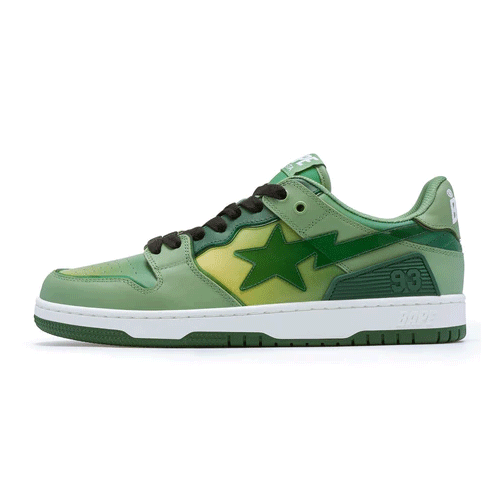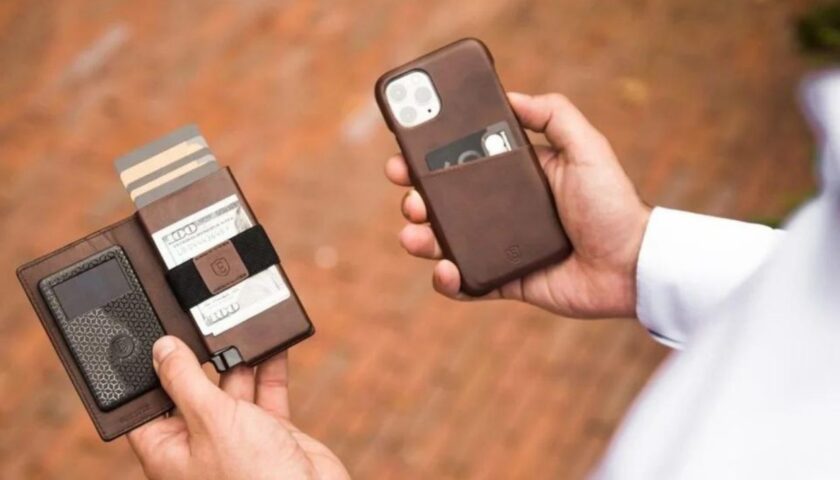Since its inception, streetwear has never been just clothing; it’s a culture. BAPE’s star-laden footwear stands out quite like BAPE’s star-laden footwear – the BAPESTAS. Diving deep into the world of Bape shoes, it’s evident that the brand, under the umbrella of A Bathing Ape, has carved out its own niche in the sneaker world.
Early Beginnings of a Bathing Ape
Before delving into BAPESTA’s rise, understanding BAPESTA’s origins is crucial. Bathing Ape, commonly called BAPE, was founded in 1993 by Nigo in Ura-Harajuku, Tokyo. Initially, it was a small boutique selling exclusive, limited-edition streetwear. Inspired by the 1968 film “Planet of the Apes” and an old Japanese saying, “A bathing ape in lukewarm water” – which points to overindulgence – BAPE was set to become the hallmark of luxury street fashion.
The birth of BAPESTA
In 2002, almost a decade after BAPE’s inception, BAPESTA was born. The sneaker’s design was unique, blending elements reminiscent of popular silhouettes like the Nike Air Force 1. However, it was its diverse range of colors, materials, and the unmistakable star logo that set it apart.
BAPESTA, like many BAPE offerings, thrived on exclusivity. Nigo’s strategy was to produce limited quantities, making BAPESTA sneakers sought-after commodities. Sneakerheads worldwide line up outside BAPE stores, hoping to get the latest drop.
Collaborations and Limited Editions
The brand’s genius lies not only in design but in strategic collaborations. Over the years, BAPESTAs have been graced by Kanye West, Pharrell Williams, and even pop art giant, KAWS. These collaborations boost the appeal of sneakers, elevating them from mere footwear to collector’s items.
Special edition BAPESTAs also became part of BAPE’s lore. From original colorways representing different countries to editions themed around movies and popular culture, BAPE’s creativity was boundless. The rarity of these special editions, coupled with their distinct designs, made them instant hits among enthusiasts.
The cultural impact
BAPESTAs were more than just shoes; they became emblematic of early 2000s hip-hop and street culture. Celebrities, rappers, and athletes wore them, cementing their place in urban fashion. The bright colors, luxurious materials (like patent leather), and bold branding made them impossible to ignore, encapsulating the ostentatious flair of the era.
The resurgence
Like all fashion trends, BAPESTAs saw periods of wax and wane. However, the sneaker world is cyclical. As the 90s and early 2000s nostalgia gripped the fashion world in the late 2010s and 2020s, BAPESTAs were ready for a renaissance. Vintage pairs fetched high prices on online platforms, and the latest releases were met with the same enthusiasm as in the brand’s heyday.
In conclusion,
BAPESTA’s legacy is a testament to Bape’s genius and the larger-than-life streetwear era from which it emerged from. While many sneakers come and go, few leave an indelible mark on the cultural zeitgeist. BAPESTAs are part of this exclusive club. They remind us that with the right blend of design, marketing, and cultural resonance, a shoe can transcend its humble origins to become an icon.
Since its inception, streetwear has never been just clothing; it’s a culture. BAPE’s star-laden footwear stands out quite like BAPE’s star-laden footwear – the BAPESTA. Diving deep into the world of Bape shoes, it’s evident that the brand, under the umbrella of A Bathing Ape, has carved out its own niche in the sneaker world.
Early Beginnings of a Bathing Ape
Before delving into BAPESTA’s rise, understanding BAPESTA’s origins is crucial. Bathing Ape, commonly called BAPE, was founded in 1993 by Nigo in Ura-Harajuku, Tokyo. Initially, it was a small boutique selling exclusive, limited-edition streetwear. Inspired by the 1968 film “Planet of the Apes” and an old Japanese saying, “A bathing ape in lukewarm water” – which points to overindulgence – BAPE was set to become the hallmark of luxury street fashion.
The birth of BAPESTA
In 2002, almost a decade after BAPE’s inception, BAPESTA was born. The sneaker’s design was unique, blending elements reminiscent of popular silhouettes like the Nike Air Force 1. However, it was its diverse range of colors, materials, and the unmistakable star logo that set it apart.
BAPESTA, like many BAPE offerings, thrived on exclusivity. Nigo’s strategy was to produce limited quantities, making BAPESTA sneakers sought-after commodities. Sneakerheads worldwide line up outside BAPE stores, hoping to get the latest drop.
Collaborations and Limited Editions
The brand’s genius lies not only in design but in strategic collaborations. Over the years, BAPESTAs have been graced by Kanye West, Pharrell Williams, and even pop art giant, KAWS. These collaborations boost the appeal of sneakers, elevating them from mere footwear to collector’s items.
Special edition BAPESTAs also became part of BAPE’s lore. From original colorways representing different countries to editions themed around movies and popular culture, BAPE’s creativity was boundless. The rarity of these special editions, coupled with their distinct designs, made them instant hits among enthusiasts.
The cultural impact
BAPESTAs were more than just shoes; they became emblematic of early 2000s hip-hop and street culture. Celebrities, rappers, and athletes wore them, cementing their place in urban fashion. The bright colors, luxurious materials (like patent leather), and bold branding made them impossible to ignore, encapsulating the ostentatious flair of the era.
The resurgence
Like all fashion trends, BAPESTAs saw periods of wax and wane. However, the sneaker world is cyclical. As the 90s and early 2000s nostalgia gripped the fashion world in the late 2010s and 2020s, BAPESTAs were ready for a renaissance. Vintage pairs fetched high prices on online platforms, and the latest releases were met with the same enthusiasm as in the brand’s heyday.
In conclusion,
BAPESTA’s legacy is a testament to Bape’s genius and the larger-than-life streetwear era from which it emerged from. While many sneakers come and go, few leave an indelible mark on the cultural zeitgeist. BAPESTAs are part of this exclusive club. They remind us that with the right blend of design, marketing, and cultural resonance, a shoe can transcend its humble origins to become an icon.
BAPESTA’s legacy is a testament to Bape’s genius and the larger-than-life streetwear era from which it emerged from. While many sneakers come and go, few leave an indelible mark on the cultural zeitgeist. BAPESTAs are part of this exclusive club. They remind us that with the right blend of design, marketing, and cultural resonance, a shoe can transcend its humble origins to become an icon.





